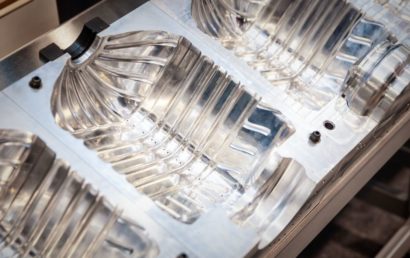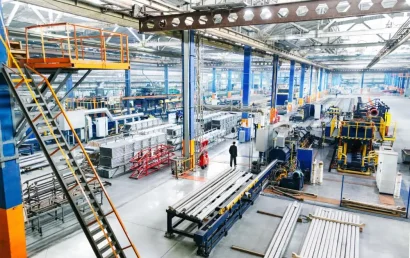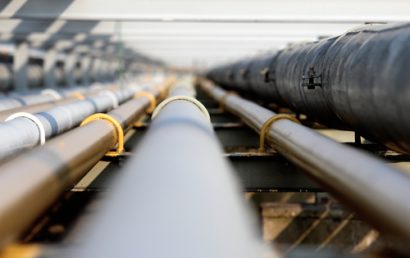Non-Stick Coatings Solve Engineering Challenges
Depending on the age of an individual, most of us are familiar with Teflon. Some of us can even remember back to the days when Teflon was the newest, wildest, and most desirable invention in cookware. Technology being what it is today, however, Teflon has become merely one surface in a collection of many that boast nonstick qualities and characteristics. And though Teflon is still used today in many industries, there are any number of low friction release coatings on the market. Today, a process known as thermal spraying is used to apply these coatings.
Nonstick Coatings: Not Just for Food Prep
Though still popular in food prep application (cookware) the importance of nonstick qualities is also realized in other industries. The nonstick characteristics prevent accumulation of wear properties, contaminants, and foreign particles in any number of applications. The proper function of engine and machine components can be adversely affected buy a build-up of food, scale, soot, dirt, and other foreign materials. In the anticipation of surface contamination, nonstick coatings are applied to minimize the possibility of contamination.
Nonstick coatings are also the perfect corrosion barrier. Parts that are coated with nonstick agents are usable to prevent galvanic corrosion. They’re also used to process lubricants, fuels, and chemicals, and to shed corrosive fluids such as saltwater. The benefits don’t stop there however. Antimicrobial agents are included in some of today’s formulations making the new and improved nonstick surfaces usable on an even wider range of applications.
Lubrication Techniques
Many engineers are familiar with lubrication techniques that are grease or oil based. Unfortunately, not enough attention or time has been spent on dry film lubricants. Grease and oil can migrate away. But dry film lubricants last longer. They stay in place longer, and continue a back-and-forth transfer on mating surfaces for an extended period of time. Additionally, coatings that are classified as dry film offer a cushion of sorts. They can reduce element fatigue and, in bearings, spread high point loads. Often used as dry film coatings are Moly (or molybdenum sulfide) or graphite. For light to moderate applications, Teflon can also be used.
Low Friction Release Coatings
These types of coatings are beneficial thanks to their high versatility and wide range of applications. Additionally, if there is a questionable component surface area (low on corrosion resistance and strength due to low-cost materials) these kinds of coatings are a no-brainer. Coating these questionable materials furthers their limited attributes. Low friction release coating is also beneficial in the material and fluid handling industry. These coatings offer the necessary degree of resistance to corrosion and don’t readily react to specific fluids involved.
When Coatings Need to Conform
In certain applications, such as rotary screw compressors, there is an extremely tight clearance between parts. Coatings that are conformable are used here for gap narrowing. This prevents, during operation, metal to metal contact. Decreasing the gap also creates a tighter hydrodynamics seal, stops fluid or air leakage, and can even reduce noise. Without changing machining tolerances, an increased efficiency of 10% or more can be realized through the use of conformable coatings in rotary screw compressors.
Now that you’ve been introduced to nonstick coatings, and are better acquainted, consider using them in your industry or for your business. Feel free to contact someone at A & A Coatings today find out how modern nonstick surface application through thermal spray could be of benefit.



